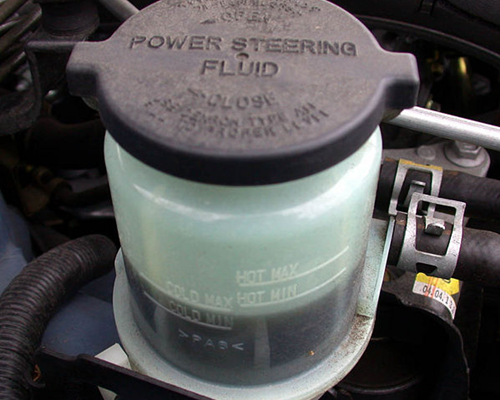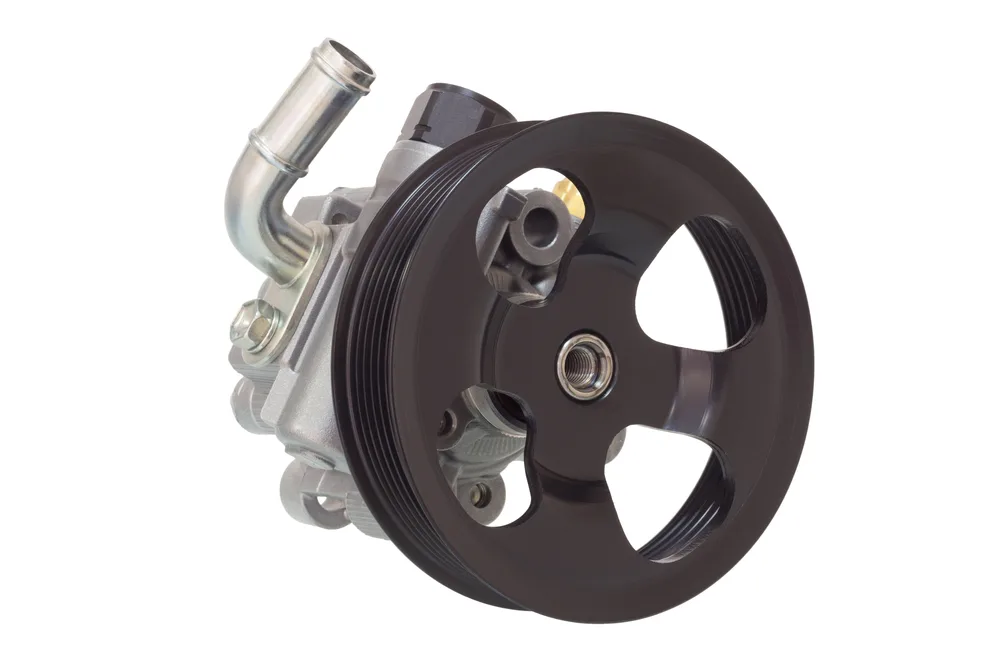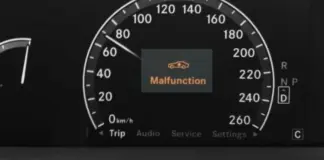Power steering is one of those modern vehicle features that most drivers don’t fully appreciate—until it stops working. Whether you’re making tight turns in a parking lot or cruising down a winding road, power steering plays a crucial role in controlling your vehicle with minimal effort. When issues arise, the steering wheel can suddenly feel stiff, unresponsive, or erratic, making driving not only uncomfortable but also dangerous. Fortunately, many power steering problems can be diagnosed and fixed with a structured, step-by-step approach—especially if you understand what symptoms to look for and what components are typically involved.
At the heart of every power steering system—whether hydraulic, electric, or electro-hydraulic—is a network of components that work together to provide smooth, responsive steering. These components include the power steering pump, fluid reservoir, hoses, steering gear, and sometimes electronic control modules. When one part fails, it can compromise the entire system, leading to issues such as whining noises while turning, fluid leaks, or a steering wheel that becomes difficult to turn. Knowing how to pinpoint these problems early can save you from more serious (and costly) repairs down the line.
A step-by-step guide can be incredibly useful for both seasoned DIYers and beginners. Many power steering problems—like low fluid levels, minor leaks, or worn belts—can be tackled with basic tools and a little mechanical know-how. However, more advanced issues, such as a failing power steering pump or damaged steering rack, may require more time, precision, and sometimes the help of a professional. Regardless of the severity, having a clear plan of action empowers you to take control of the situation, avoid guesswork, and address the problem systematically.
In this comprehensive guide, we’ll walk you through the step-by-step process of diagnosing and fixing power steering issues. From checking fluid levels and inspecting for leaks to replacing key components, each section will provide detailed instructions, safety tips, and expert insights. Whether your goal is to perform a quick fix or conduct a more in-depth repair, this guide will equip you with the knowledge and confidence to restore your power steering system to optimal performance. Let’s get started—and get you steering smooth again.
Like always, XeroDrive.com has got you covered on providing the recommended solutions to some of the most common automobile problems.
Fixing Power Steering Issues: Step by Step guidelines
- Step 1
The power steering of automobiles make use of hydraulic fluid in transferring force from is pump to the rack and steering box or Pinion. First, check the level of the power steering fluid by locating the fluid’s reservoir and then removing the cap by twisting counter-clockwise in order to inspect the level of the fluid in the reservoir.
If you notice that the fluid level is way down or just empty then you should suspect a possible leak has the cause. You should inspect the rack, hoses, pump and pinion or steering box assembly, and also replace all broken components or worn out parts when needed.

- Step 2
The steering pump of a power steering is usually driven by a serpentine belt which is actually meant for transferring energy from the vehicle’s engine to the hydraulic steering pump assembly in the car. Whenever this belt is in a bad condition or has totally failed, it normally results in a completely non-operational system.

- Step 3
A hydraulic pump in a power steering pump is used to supply the power steering system with fluid pressure which is required to operate the system itself. If this pump goes bad internally, the entire system will be rendered non-operational as there will be a lack of pressure required for operating the system.
In such cases, the power steering pump needs a replacement and a fluid refill.
Note: Some types of power steering pump pulleys have a “pressed on” design and needs special tools in order to remove and replace them.

- Step 4
If after checking all the necessary components as described in step 1 to 3 above, the power steering issues still persists then, the steering box or pinion and rack are the only options left to check. When performing a pump replacement, make sure to flush the entire system before carrying out a refill with new fluid.
You don’t want a mixture of old and new fluid in the system. If such happens then you are running the risk of facing the same set of issues you once had.
Conclusion
Add this to your knowledge on the Power Steering system;
- A typical power steering system is pretty much designed to directly make use of power that comes from an engine to assist in the vehicle with the force required to steer the car itself around.
- A pump in the power steering system normally pressurizes the steering fluid and helps transfer it through the hoses which are usually connected to a pinion and rack or power steering box.
- If the power steering system in a vehicle goes bad or malfunctions, the car will often become difficult to control in real time.
- It is highly recommended not to move or drive a car that is having issues with its power steering and not running well.
Please keep in mind that XeroDrive highly warns against tampering with any part of a power steering system in your car if you are not a professional.












